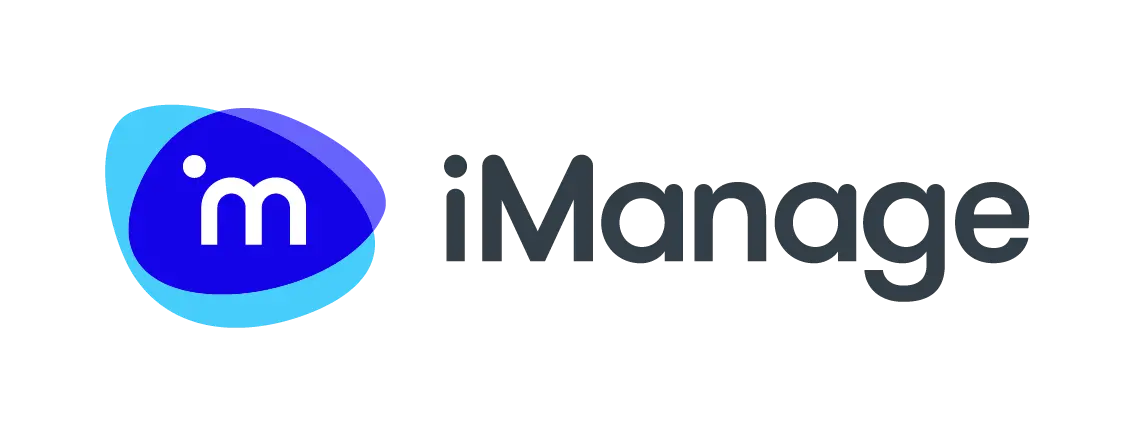Taking a human approach to AI strategy
AI has become a part of day-to-day life at law firms. What was a few short years ago considered a tool used for specific tasks, like contract review, has evolved into a pervasive application influencing everything from legal research to administrative efficiency.
iManage recently hosted a panel of legal experts to discuss how AI was adopted so rapidly by industry standards, how AI has already changed the industry, and how training new and existing lawyers must evolve to fit the new AI-powered reality.
Moving past caution to innovation
When AI tools first emerged, many law firms took a cautious approach. Greg Baker, CIO at Linklaters, reflected on early concerns:
"In early 2023 when all of this was erupting onto the scene, in some ways I felt we did almost too good a job talking about the risks. We had to spend a bit of time coaxing [lawyers] back to experimenting and feeling comfortable talking about their use of AI."
That hesitance faded quickly as the benefits of AI became obvious. Not only could AI assist in everyday lawyer tasks such as document review and research, but it could also streamline firm operations.
Meredith Williams-Range, Chief Legal Operations Officer at Gibson Dunn, described the shift:
"This is the fastest we've ever seen this [type of change]. I've been a lawyer for almost 25 years. We were not even having this conversation prior to November of 2022, a little over two years ago. Now we're talking about [AI] saving me 3 to 4 hours a week of administrative burden time."
Changing the practice of law
Although AI positively impacts productivity, it also raises questions about the traditional law firm model.
Law firms typically earn revenue through billable hours. If legal work now takes less time to complete with AI, how does that affect billing? Williams-Range suggested during the panel that a value-based billing model may gain traction going forward.
Hiring models may also be affected. Traditionally, law firms are structured like a pyramid, with many associates and few partners. But with AI increasingly capable of doing tasks typically handled by associates, such as research and drafting, what does that mean for the number of associates needed on staff?
There isn’t a clear answer yet, and firms will likely take different approaches before the industry settles on a new standard ratio of associates to partners. However, our expert panel was clear that no matter what, training will be critical for all employees to fully get the benefits of the AI revolution.
Training the next (and current) generation
Our panelists agreed that all new associates must be trained on AI capabilities when starting at the firm, just as they are on every other part of the organization’s tech stack.
Perhaps just as critically, AI training and education for existing lawyers and staff must be an ongoing part of firm operations. AI is a reality in legal work, so it’s important to have everyone onboard. As Baker put it:
"There’s an expectation not only from ourselves, but also from our clients that we are providing a tech-driven service."
David Wang, CIO at Cooley emphasized the future divide between firms that embrace technology and those that don’t:
"I believe there’s going to be a separation between firms that can do things technically and those that can’t."
The future of law will belong to firms that embrace AI as a transformative force for their lawyers rather than a disruptive threat. As Williams-Range puts it:
"We want to figure out how we can integrate AI to augment our team and make them better lawyers. The essence of being a lawyer is not going to be affected."
Making Knowledge Work™ with AI
AI won’t replace lawyers—it will empower them to work smarter, faster, and more effectively than ever before.
To hear more from our panel, watch the on-demand webinar What does a human-led AI strategy look like? now.
To learn more about AI capabilities available in the iManage platform, schedule a personalized demo.


Making Knowledge Work
Request a demo
Ready to see how iManage can make a difference to your organization?
Book a Demo